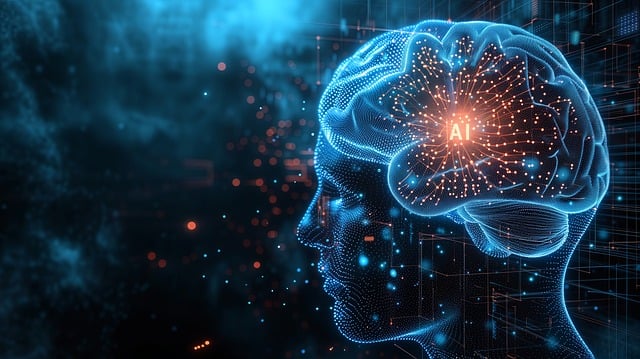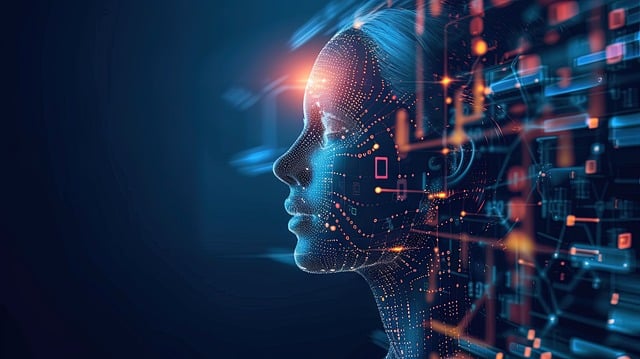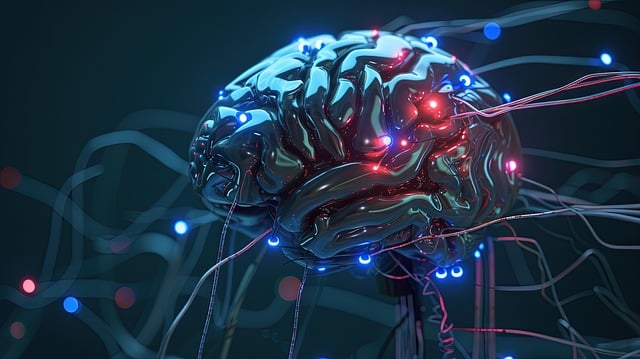Natural Language Processing (NLP) is a field of artificial intelligence that focuses on the interaction between computers and human language. Machine learning plays a crucial role in enabling computers to understand, interpret, and generate human language in a way that is both meaningful and useful. From chatbots to sentiment analysis, machine learning algorithms are at the heart of modern NLP applications. In this blog post, we’ll explore how machine learning is used in NLP and its various applications.
Understanding the Role of Machine Learning in NLP
Machine learning has revolutionized the way computers process and analyze human language. By leveraging large datasets and advanced algorithms, machine learning models can learn patterns, relationships, and structures within text data. This allows them to perform tasks like language translation, text summarization, and sentiment analysis with remarkable accuracy.
Below, we’ll dive into some of the key areas where machine learning is applied in NLP.
Machine Learning for Text Classification
Text classification is one of the most common applications of machine learning in NLP. It involves categorizing text into predefined groups or labels. For example, email spam filters use text classification to determine whether an email is spam or not. Machine learning models, such as Naive Bayes, Support Vector Machines (SVM), and deep learning models like Convolutional Neural Networks (CNNs), are often used for this task.
These models are trained on labeled datasets, where each text sample is associated with a specific category. Once trained, the model can predict the category of new, unseen text. Text classification is widely used in sentiment analysis, topic labeling, and intent detection.
Machine Learning for Sentiment Analysis
Sentiment analysis is the process of determining the emotional tone behind a piece of text. It is widely used in social media monitoring, customer feedback analysis, and market research. Machine learning models, particularly those based on deep learning like Recurrent Neural Networks (RNNs) and Transformers, are highly effective in sentiment analysis.
These models analyze text data to identify whether the sentiment is positive, negative, or neutral. For example, businesses use sentiment analysis to gauge customer opinions about their products or services. By understanding customer sentiment, companies can make data-driven decisions to improve their offerings.
Machine Learning for Language Translation
Language translation is another area where machine learning has made significant advancements. Traditional rule-based translation systems were limited in their ability to handle complex language structures. Machine learning models, especially sequence-to-sequence models and Transformers, have revolutionized this field.
Models like Google’s Neural Machine Translation (GNMT) use deep learning to translate text from one language to another with high accuracy. These models are trained on large parallel corpora, where the same text is available in multiple languages. As a result, they can capture nuances and context, making translations more natural and accurate.
Machine Learning for Text Summarization
Text summarization involves generating a concise summary of a longer text while retaining its key information. Machine learning models, particularly those based on Transformers, are widely used for this task. There are two main types of text summarization: extractive and abstractive.
Extractive summarization involves selecting the most important sentences from the original text, while abstractive summarization generates new sentences that capture the essence of the text. Machine learning models are trained on large datasets of text-summary pairs to learn how to summarize effectively. This technology is used in news aggregation, document summarization, and content curation.
Machine Learning for Named Entity Recognition (NER)
Named Entity Recognition (NER) is the process of identifying and classifying entities in text, such as names of people, organizations, locations, and dates. Machine learning models, particularly those based on Conditional Random Fields (CRFs) and deep learning architectures, are commonly used for NER.
NER is a critical component of many NLP applications, including information extraction, question answering, and chatbots. For example, in a customer support chatbot, NER can be used to identify and extract key information from user queries, enabling the chatbot to provide relevant responses.
Machine Learning for Chatbots and Virtual Assistants
Chatbots and virtual assistants like Siri, Alexa, and Google Assistant rely heavily on machine learning for natural language understanding and generation. These systems use machine learning models to process user input, understand intent, and generate appropriate responses.
Techniques like intent recognition, entity extraction, and dialogue management are powered by machine learning. For example, a chatbot for an e-commerce website can use machine learning to understand customer queries, recommend products, and process orders. The use of machine learning in chatbots has made them more intelligent and capable of handling complex interactions.
Conclusion
Machine learning has transformed the field of Natural Language Processing, enabling computers to understand and generate human language with unprecedented accuracy. From text classification and sentiment analysis to language translation and chatbots, machine learning is at the core of modern NLP applications. As machine learning techniques continue to evolve, we can expect even more advanced and sophisticated NLP systems in the future. Whether you’re a business looking to improve customer engagement or a developer building intelligent applications, understanding the role of machine learning in NLP is essential for success.






